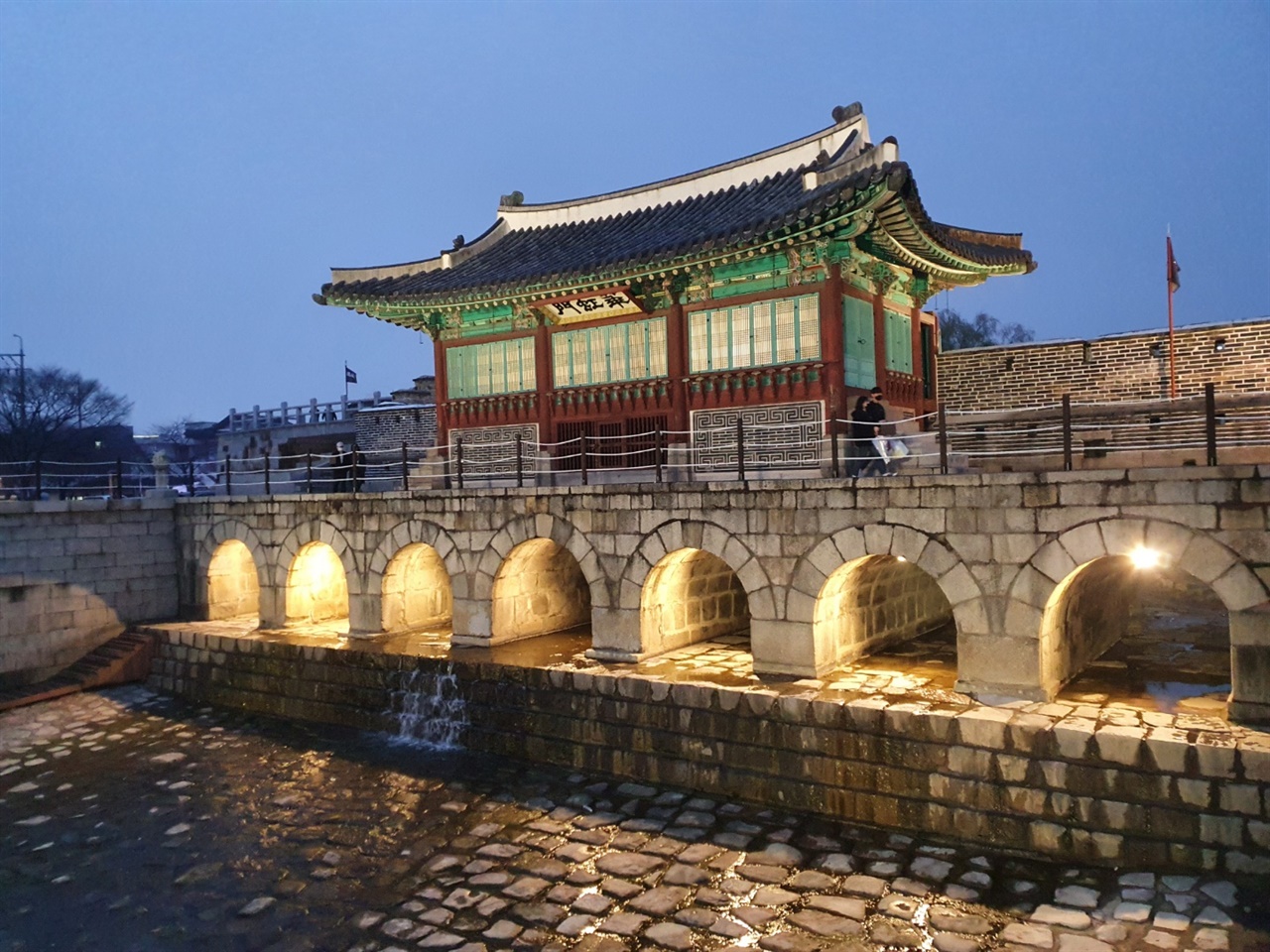
수원 화성
조선 시대 건축 기술의 정수인 수원 화성은 유네스코 세계문화유산입니다. 장엄한 성곽을 따라 걷다 보면 과거와 현재가 공존하는 도시의 풍경이 한눈에 들어옵니다. 낮의 웅장함과 밤의 낭만적인 야경 모두 놓칠 수 없는 매력 포인트입니다.
고요한 역사와 숨 막히는 자연이 어우러진 대한민국의 정수를 만나보세요.

조선 시대 건축 기술의 정수인 수원 화성은 유네스코 세계문화유산입니다. 장엄한 성곽을 따라 걷다 보면 과거와 현재가 공존하는 도시의 풍경이 한눈에 들어옵니다. 낮의 웅장함과 밤의 낭만적인 야경 모두 놓칠 수 없는 매력 포인트입니다.

사계절 내내 다른 옷을 갈아입는 설악산은 대한민국을 대표하는 명산입니다. 특히 가을이면 온 산이 붉게 타오르는 듯한 단풍은 한 폭의 그림과도 같습니다. 울산바위의 웅장함과 흔들바위의 신비로움은 등산객들에게 잊지 못할 경험을 선사합니다.

신라 천년의 수도였던 경주, 그중에서도 대릉원은 신라 왕들의 거대한 고분들이 모여있는 신비로운 공간입니다. 부드러운 능선이 작은 언덕처럼 펼쳐져 있어 산책하기 좋으며, 특히 목련이 피는 봄이나 눈이 내리는 겨울의 풍경이 아름답습니다.
에메랄드빛 바다와 하얀 모래사장, 그리고 눈앞에 떠 있는 비양도의 풍경이 어우러져 제주에서 가장 아름다운 해변 중 하나로 꼽힙니다. 얕은 수심 덕분에 가족 단위 여행객에게도 인기가 많으며, 해 질 녘 노을은 낭만적인 분위기를 자아냅니다.
"오이소, 보이소, 사이소!"라는 정겨운 외침이 가득한 자갈치시장은 대한민국 최대의 수산시장입니다. 갓 잡은 싱싱한 해산물이 가득하며, 활기 넘치는 시장 상인들의 모습 속에서 부산의 진짜 에너지를 느낄 수 있습니다.
경복궁과 창덕궁 사이에 자리한 북촌은 전통 한옥의 아름다움을 가장 잘 보존하고 있는 곳입니다. 고즈넉한 한옥 골목길을 따라 걷다 보면 현대적인 서울의 빌딩 숲과 어우러진 독특한 풍경을 마주하게 됩니다.
낙동강이 마을을 감싸고 흐르는 하회마을은 수백 년 된 전통 가옥들이 그대로 보존된 살아있는 박물관입니다. 고즈넉한 돌담길과 고택, 그리고 하회별신굿탈놀이 공연을 통해 조선 시대의 생활상을 생생하게 느낄 수 있습니다.
산비탈을 따라 끝없이 펼쳐진 초록빛 물결은 보는 것만으로도 마음이 편안해집니다. 싱그러운 녹차 향을 맡으며 밭 사이를 산책하고, 갓 딴 찻잎으로 만든 시원한 녹차 아이스크림을 맛보는 것은 보성 여행의 필수 코스입니다.
세계 유일의 분단국가인 한국의 현실을 가장 가까이서 느낄 수 있는 특별한 장소입니다. 철책 너머로 북한 땅을 바라볼 수 있는 도라전망대와 제3땅굴은 긴장감과 함께 평화의 소중함을 되새기게 합니다.
화려한 조명이 빛나는 돌산대교와 음악 분수가 어우러진 여수의 밤바다는 낭만의 대명사입니다. 해상 케이블카를 타고 밤바다 위를 건너거나, 낭만포차 거리에서 신선한 해산물과 함께 여수의 밤을 즐겨보세요.